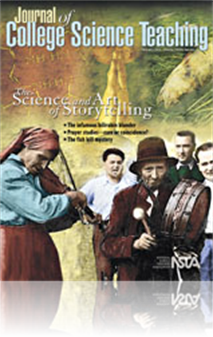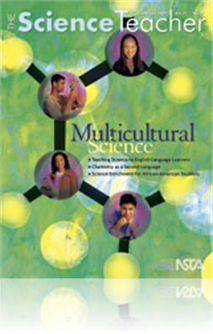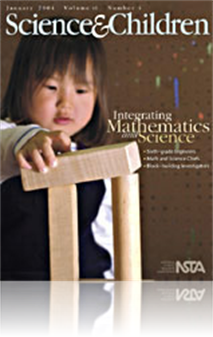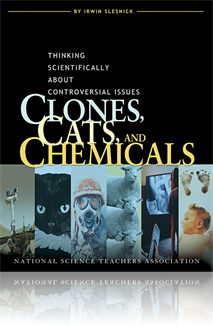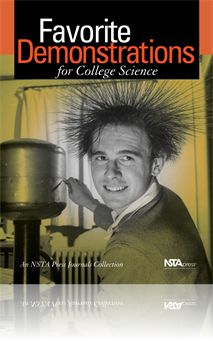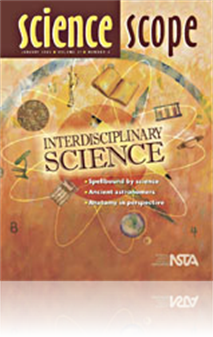All Resources
Journal Article
Teacher Quality: From Policy to Practice
The No Child Left Behind act requires schools to have “qualified teachers” in every classroom by the 2005-2006 school year. This mandate has made professional development a priority. This article defines quality professional development, describe...
Journal Article
Sun-Earth Day 2004: Transit of Venus
On June 8th, 2004 a celestial event of historical scientific importance occured when the silhouette of the planet Venus crossed the face of the Sun as seen from the Earth. This event, known as the transit of Venus, last occurred in 1882. Through para...
Journal Article
Two Peas in a Pod? A Case of Questionable Twins
Based on an actual event, this case study focuses on problems associated with reproductive technologies. It tells the story of the “Jones” who, after in vitro fertilization treatment, discovered that their fraternal twins were less similar in app...
Journal Article
Editor’s Corner: Opening the Door to Science
The national standards have refocused our thinking about teaching and learning science. Science isn’t reserved only for future astronauts or heart surgeons. Everyone can do science, and previously we hadn’t been reaching the majority of our stude...
Journal Article
Two university educators and a sixth-grade teacher collaborated to create and implement a five-day engineering unit that incorporated both mathematics and science concepts and hands-on learning. In this series of engineering activities, students tes...
eBook
Clones, Cats, and Chemicals: Thinking Scientifically About Controversial Issues (e-Book)
Does human cloning present a threat or an opportunity? Do common cats constitute a major threat to wildlife? Will the development of new chemical and biological weapons deter war or lead to it? If you want students to think—really think—about the...
eBook
Favorite Demonstrations for College Science (e-book)
Peer-reviewed, classroom-tested, and tailored specifically for introductory science courses, Favorite Demonstrations is an essential complement to every college instructor’s lesson plans. The book is an all-in-one compilation of 36 popular cl...
Journal Article
Science Sampler: Sending in the Pinch Hitter
Even the most conscientious teacher will eventually need a substitute. The classroom can continue to function smoothly and effectively when substitute planning is viewed as another important aspect of preparation. Like any pinch hitter, the substitut...
Journal Article
I Lost the Answer Key! Authentic science flourishes when a teacher loses the prepared answer key
A popular exploratory activity is “Mystery Powders,” a chemistry investigation during which students identify the composition of white, powdery mixtures. In this article, the teacher loses the key to the mystery powders lab and the students take ...
Journal Article
Racing with the Sun: Students learn physics while designing a solar-powered vehicle
Through this yearlong inquiry investigation, high school physics students design, create, and race a solar-powered vehicle. The design process helps students learn invaluable science, technology, mathematics, communication, and critical thinking skil...





